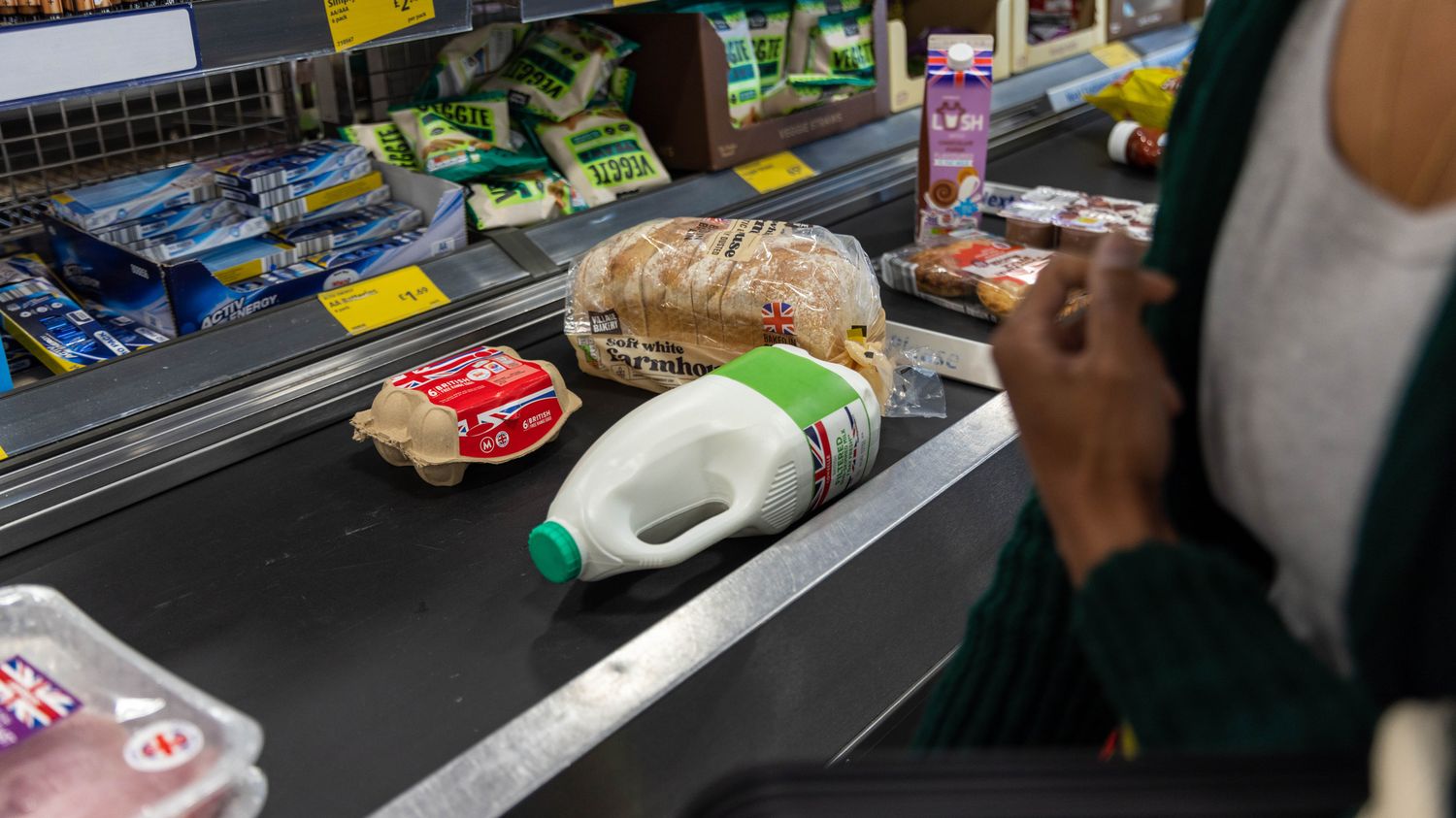The mediator of Radio France antennas, Emmanuelle Daviet, receives Florent Guyotat, deputy editorial director of franceinfo.
This Friday, May 12, INSEE indicated that the rise in consumer prices in France stood at 5.9% over one year, in April. Thursday, May 11, in the morning of franceinfo, the boss of Intermarché, Thierry Cotillard, said he was in favor of extending the anti-inflation quarter, which “hit a hit”, in his words. Favorable, but only if manufacturers also participate in this effort, to lower prices. Inflation, purchasing power, are among the main concerns of the French, who say they are very attentive to what they hear in the media. Decryption with Florent Guyotat, deputy editorial director of franceinfo.
Emmanuelle Daviet: So, specifically, what are the initiatives implemented on the air to address these subjects?
Florent Guyotat: Already, you were talking about monthly and annual statements from INSEE. We regularly report on it, but we have decided to have our own barometer, our own “franceinfo basket”. We go shopping with it, every month, and for this, we have teamed up with the firm NielsenIQ to measure inflation, every month, on 37 products most consumed by the French.
So there’s pasta, rice, toilet paper, laundry detergent. And every month, our partner carries out price surveys in supermarkets. What does this measure show for the month of April? We can see that over one year, the overall price of our basket has increased by 18%, between April 2022 and April 2023. This shows that inflation remains very high on these very high consumption products. And that’s precisely why we wanted to have our own tool, to focus on the products that were the most consumed by the French.
So sometimes, the listeners criticize that the subjects are a little centered on the Ile-de-France or Paris. Does this basket make it possible to take into account the different regional realities of inflation in France?
Yes, if you go to our website, you will be able to consult a map department by department. We also joined forces with our colleagues from the France Bleu network, precisely to report on these regional disparities, because the increase is not the same in Paris as in Vendée. So for those who are interested, there is the possibility of having a more detailed analysis, and of consulting for his department, what are the latest price statements.
More generally, how does the editorial staff work with experts, economists and civil society actors to provide in-depth analysis and relevant advice to listeners on inflation and their purchasing power?
First, the writing relies on reports, each time the price statements of our franceinfo basket are published. Recently, for example, we went to meet consumers who were depriving themselves of meat, simply because it was too expensive. And then, our reports also reveal, sometimes, unexpected consequences of this inflation. For example, animal feed is also one of the products that is regularly measured in our price surveys. These prices are increasing and we have seen through the SPA that this has caused an increase in the abandonment of animals, simply because some people no longer have the means to meet the needs of their animals. That’s for observation.
And then there is also a whole analysis part. Obviously, we try to understand the reasons for this phenomenon, also on the basis of questions from our listeners, and questions from people we meet during our reports. The question that comes up the most at the moment is why there is not an immediate drop in prices, when we have seen that the prices of many raw materials in the world, such as cereals, are on the decline. So why do we still find ourselves with increases of 18% over one year, when this drop in prices is real.
The answer comes to us from certain leading consumer specialists whom we regularly question, such as Olivier Dauvers, who tell us that in the end there is always a mechanical lag between the moment when the prices of raw materials fall and the moment when it shows on the shelves. This is why Olivier Dauvers, whom we interviewed recently, told us that the decline or stabilization should occur rather in the fall.
